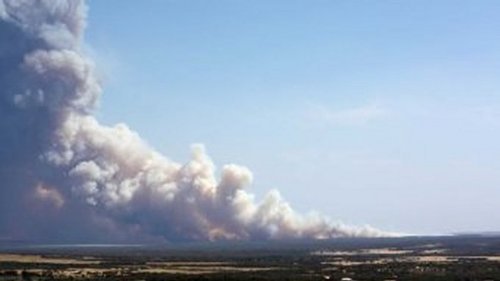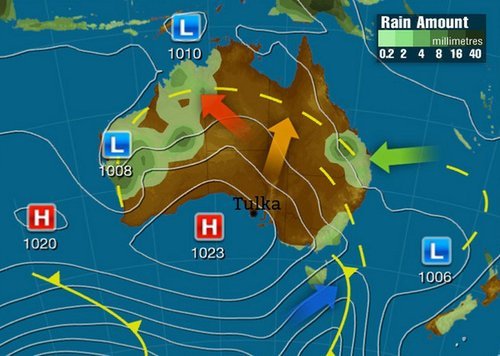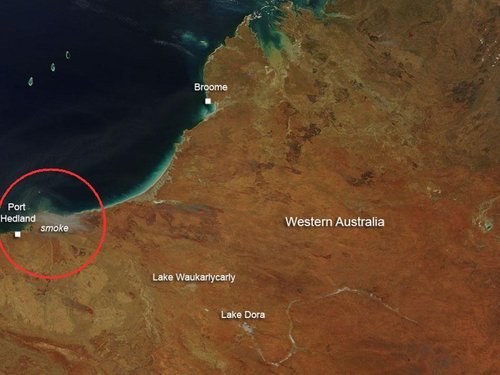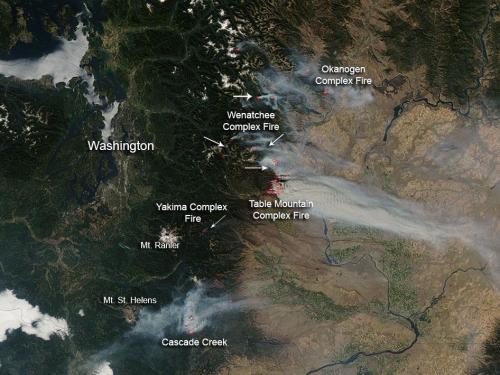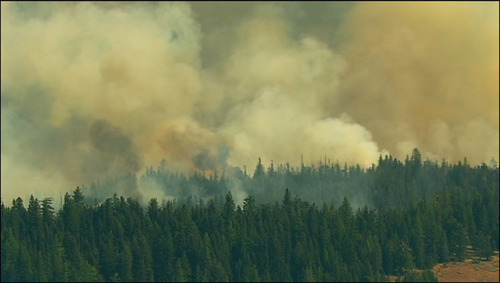California Wildfires Threaten National Park
A small wildfire started about a week ago in the back country trails of the California forests near Yosemite National Park has now turned into a raging wildfire. The wildfire which was initially located outside park boundaries has recently encroached on the national park territory. Covering about 425 square kilometers, the fire is only 2% contained bringing concern to many residents in the area who are under voluntary evacuations. Twelve buildings have been damaged or destroyed by fire already and another 4,500 around Yosemite are at risk. In all, 7,000 firefighters were brought in to battle the wildfire.

Very dry heat has been in place over the region for the last week priming the conditions for wildfires. Relative humidity values are expected to remain in the single digits, combined with temperatures in the mid to high twenties, no relief will be provided to the firemen battling the blaze. Drought has persisted since the beginning of summer for much of California and as of Friday 98% of the state is experiencing drought, with the severity ranging from moderately dry to extreme. Due to the dry conditions, 15-20 large wildfires are currently burning in California.
Usually, the wildfire risk peaks in late September in California as the Santa Ana winds come into play. Santa Ana winds are severe winds that are funneled through the mountains. As these winds are funneled through and descend in height (moving towards the coast) they are heated by natural processes, namely, adiabatic heating, causing for extremely hot and dry weather. These easily spread wildfires by blowing embers towards flammable vegetation.

